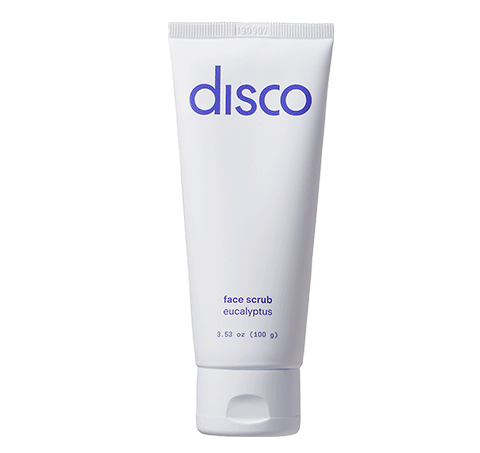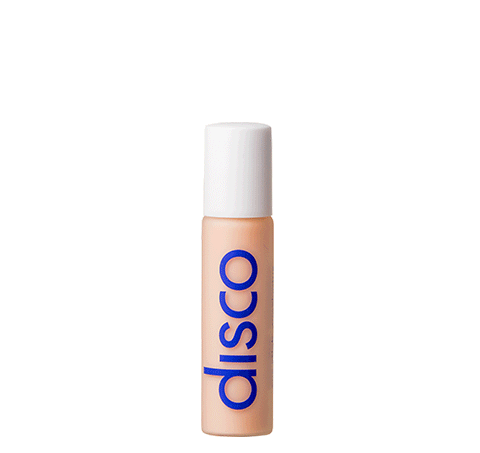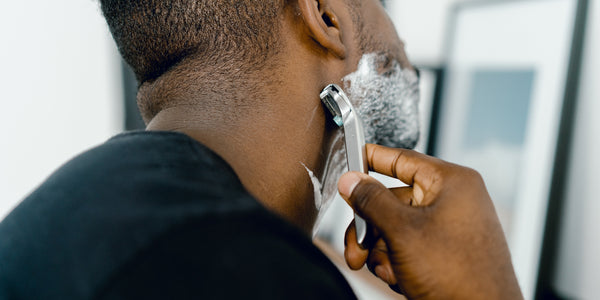Shaving can drastically impact the male skincare experience. Whether you keep a long beard, or shave daily, keeping up with your grooming and shaving routine requires patience and consistency.
One of the most frustrating side effects of shaving regularly is managing razor burn, razor bumps, shaving pimples, and inflammation. There’s a lot that goes into a shaving routine, and every man has a different skin type and facial hair type.
If you struggle with inflammation, razor bumps, and shaving acne, let’s dive into the various methods for relief for a calm and clear complexion.
Can Shaving Cause Acne?
Millions of men suffer from uncomfortable and unexpected razor bumps after shaving. Razor bumps, razor burn, and acne are all caused by different factors, so the first step is determining which you are dealing with:
Razor burn or shaving pimples: These can look like small bumps and raised skin, that occur where the hair is cut or shaved. When the hair grows back into the skin at an angle, this causes ingrown hairs, which can irritate hair follicles and result in swelling and redness. Razor burn refers to an inflamed or persistent redness on the skin after shaving, which can be painful and uncomfortable.
Acne: Acne occurs when the pores become clogged with dirt, debris, or bacteria. There are many types of acne, but generally, pimples and blemishes can occur anywhere on the face, not just in the areas you shave.
Shaving doesn’t necessarily cause acne, but it can cause razor burn, shaving “pimples”, ingrown hairs, or raised bumps where the skin becomes inflamed.
How to Relieve Shaving Pimples
Having a proper shaving routine is key for relieving shaving pimples, and avoiding them in the first place.
First, let’s explore a proper shaving routine for best practices:
- Warm up the face to open pores by taking a hot shower, or cleansing the face with warm water. The warm humidity will relieve friction during shaving.
- Lather shaving cream to reduce shaving friction. If you’re using shaving cream with irritating chemicals and ingredients, this can contribute to razor burn, razor pimples, and ingrown hairs. Opt for all-natural, organic shaving cream.
- Shave in a downward direction, at a 45-degree angle from the face. Shaving against the grain of hair growth can lead to ingrown hairs and irritation.
- Always follow up with aftershave. Aftershave has antiseptic properties that help prevent infection of cuts that may have occurred while shaving.
- Last, follow up with cold water to close down pores.
Next, it’s important to follow these best practices before and after shaving, to help relieve the symptoms mentioned above.
1. Before shaving, always use an Exfoliating Face Scrub.
If you struggle with razor bumps and pimples, it’s important to put some extra TLC into your skincare routine, not just your shaving routine. Use an exfoliating face scrub before shaving to remove dead skin cells, regenerate new skin cell growth, and overall begin with a soft, clean canvas with reduced friction.
2. Following aftershave and splashing the face with cold water, use a Hydrating Face Moisturizer to return moisture to the face.
Shaving can dry out the skin and remove hydration and moisture from applying so much friction to the skin. Following the aftershave step, use a Hydrating Face Moisturizer to restore the moisture barrier, and nourish the skin with all-natural, rejuvenating ingredients like Tea Tree Oil, Coconut Oil, Macadamia Oil, Niacinamide, and Vitamin C.







